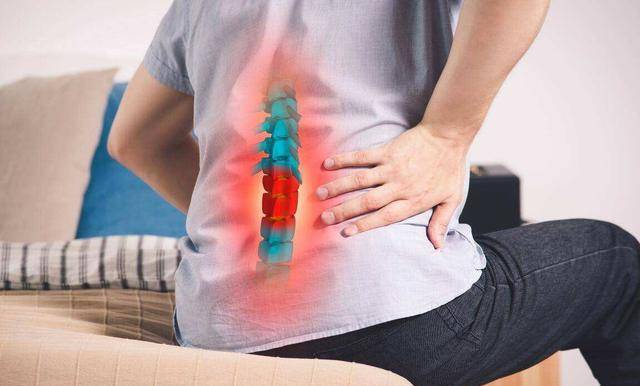Introduction: Many people think osteoporosis is far from themselves, but in fact, it is not the case. Osteoporosis is a disease with a significantly increased incidence rate as age grows. According to relevant data, the incidence rate of osteoporosis in the population over 50 years old in our country has reached 19.2%. Among them, the incidence rate in women is 32.1%, and in women over 65 years old, the incidence rate of osteoporosis reaches 51.6%. This means that more than half of women over 65 years old have osteoporosis.
Osteoporosis may sound harmless, but the harm caused by osteoporosis far exceeds our imagination. It is important to note that osteoporosis can lead to fractures in any part of the body. For the elderly, once a fracture occurs, it often results in the loss of their ability to live independently, and even death. Statistics show that if osteoporosis patients suffer a hip fracture, more than 20% of patients die within a year of diagnosis.
To prevent osteoporosis, besides increasing calcium intake, one should also steer clear of bad habits that lead to calcium loss in daily life. It’s worth informing parents about this.
To prevent osteoporosis, consume less of these four “calcium-stealing” foods:
1. High-salt foods
The dietary habits of middle-aged and elderly people tend to be salty, perhaps because taste gradually diminishes with age, leading to a need for salty foods to stimulate appetite.
However, long-term high-salt consumption can bring many health hazards to the body, such as triggering high blood pressure, which is very detrimental to cardiovascular health, and excessive salt intake can also burden the kidneys, damaging the gastric mucosa, among other risks.
In addition, a high-salt diet can induce osteoporosis because the main component of table salt is sodium chloride. Sodium ions have a mechanism in the body of “more intake, more excretion”, and the excretion of sodium ions requires the consumption of calcium ions. This means that the more salt consumed, the more calcium will be excreted. Data shows that for every 300 mg of sodium excreted by the body, about 20-30 mg of calcium is simultaneously excreted.
Therefore, to prevent osteoporosis, it is crucial to reduce salt intake. It is recommended that daily salt intake does not exceed 6 grams, and also control intake of hidden salt.
2. High-sugar foods
Sweets, sugary drinks, and other high-sugar foods are popular but excessive sugar consumption can lead to weight gain, tooth decay, acne, premature aging (as sugar can deplete collagen), and other conditions.
Furthermore, excessive sugar consumption is detrimental to bone health because sugar metabolism in the body produces metabolic by-products such as pyruvic acid and lactic acid that necessitate the neutralization of calcium, magnesium, sodium, and other substances in the body to maintain acid-base balance. This means that excessive sugar intake can also deplete calcium ions in the body.
3. Alcoholic beverages
Long-term excessive alcohol consumption can lead to alcoholic osteoporosis, resulting in decreased bone mass, microstructural damage of bones, increased brittleness, and higher fracture risk.
Alcoholic beverages, including spirits and beer, mainly contain alcohol. Upon entering the body, alcohol not only affects the absorption of calcium and vitamin D but also inhibits bone formation, leading to bone loss and reduced calcium absorption.
4. Caffeine-containing drinks
Strong tea and coffee contain caffeine. Caffeine acts as a diuretic, leading to increased urine output and consequently more calcium excretion through urine.
Moreover, caffeine weakens calcium absorption in the gastrointestinal tract and enhances renal calcium excretion.
Of course, as long as strong tea and coffee are not consumed excessively in daily life, their impact on calcium is minimal.
How can middle-aged and elderly people prevent osteoporosis?
Firstly, focus on calcium-rich foods in the diet and eat more foods rich in calcium, such as dairy products, soy products, seafood, eggs, dark green vegetables, etc. Don’t forget to supplement with vitamin D, found in foods like animal liver, egg yolks, mushrooms, etc.
For high-risk groups, such as postmenopausal women, heavy drinkers, and those with a high-salt diet, calcium supplements may be taken.
Engage in appropriate physical activity. Physical activity has multiple benefits for middle-aged and elderly individuals. From the perspective of osteoporosis prevention, exercise can promote bone calcium utilization, strengthen muscles, enhance balance, and prevent falls. It’s important to note that if diagnosed with osteoporosis, exercise should be done under medical guidance.
Lastly, screening is essential, especially for high-risk groups. Regularly visit hospitals for relevant examinations. If experiencing symptoms like lower back pain, joint pain, etc., do not ignore them and seek medical attention promptly.


